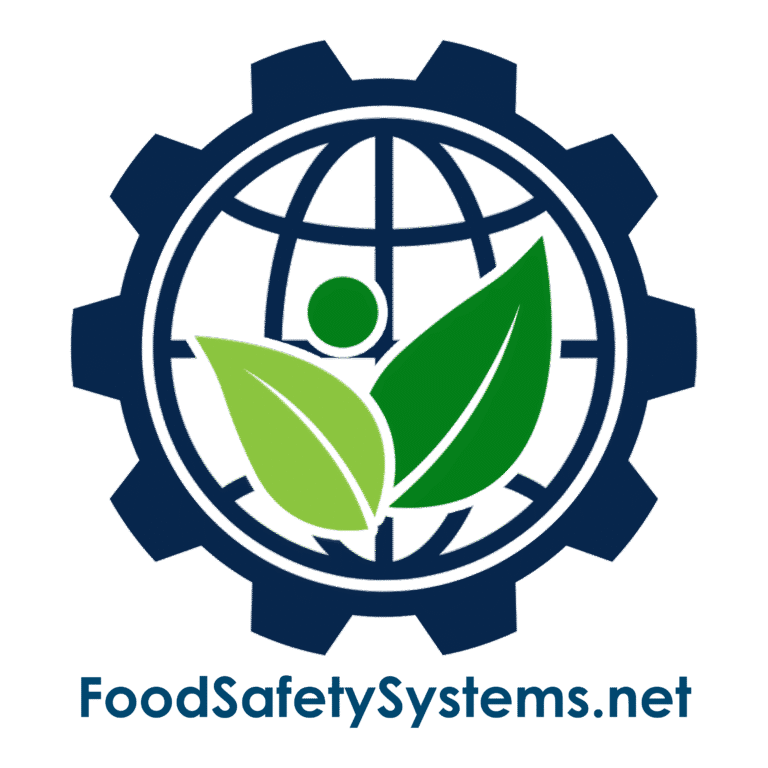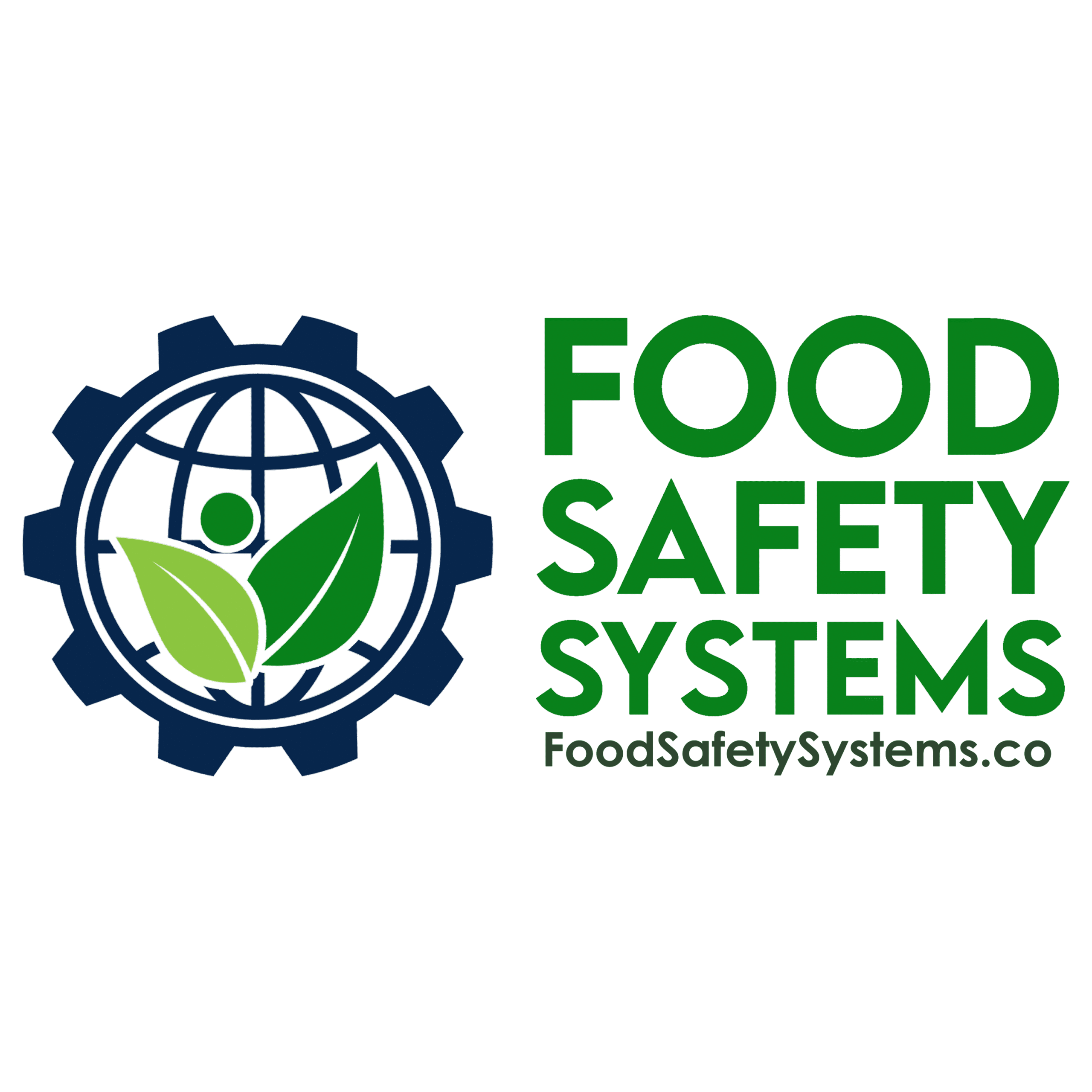Product Control: Product Testing & Inspection

Aligned with FSSC 22000
Requirement Overview
FSSC 22000 requires organizations to implement a risk-based product inspection and testing program to ensure finished products meet food safety, legal, and quality criteria before release. Such testing is essential to confirm compliance and must be controlled, validated, and documented.
FSSC 22000 also includes requirements for laboratory analysis by competent labs, as well as quality control aligned with finished product specifications.
Aligned with BRCGS for Storage & Distribution Issue 4 – Clause 4.3.1 & 4.3.3
Requirement Overview
BRCGS for Storage & Distribution requires that products moved via cross-docking are traceable and controlled at all times, even when they are not held in storage for extended periods.
Clause 4.3.1: “The company shall ensure that traceability is maintained at all stages, including during cross-docking operations.”
Clause 4.3.3: “Procedures shall be in place to ensure that all products handled, including those not stored on-site, remain under control and are not subject to contamination or substitution.”
Cross-docking operations must not compromise product traceability, safety, or integrity. Even with minimal handling and temporary presence, each product must be accurately identified, documented, and protected.

Key Compliance Objectives
-
✓ Implement a risk-based product testing schedule
✓ Verify that products comply with food safety and legal standards
✓ Maintain control over product release pending test results
✓ Document all inspection activities, results, and corrective actions
Step-by-Step Compliance Implementation
1. Develop a Product Testing and Inspection Plan
-
Plan Components:
-
• Identify testing types: microbiological, chemical, allergen, physical
• Define frequency based on risk and regulatory or customer needs
• Assign responsibilities to trained internal staff or accredited external labs
Evidence to Maintain:
-
• Product testing schedule
• Written testing procedures and acceptance criteria
• Approved laboratory list and contracts
- • Identify testing types: microbiological, chemical, allergen, physical • Define frequency based on risk and regulatory or customer needs • Assign responsibilities to trained internal staff or accredited external labs
- • Product testing schedule • Written testing procedures and acceptance criteria • Approved laboratory list and contracts
2. Conduct In-House or Third-Party Testing
-
Testing Activities May Include:
-
• Pathogen screening (e.g., Salmonella, Listeria)
• Allergen verification
• Heavy metals, pesticide residues, or chemical contaminants
• Foreign body detection, weight checks
Evidence to Maintain:
-
• Lab reports or in-house testing logs
• Sample collection records
• Documentation of product hold/release decisions
- • Pathogen screening (e.g., Salmonella, Listeria) • Allergen verification • Heavy metals, pesticide residues, or chemical contaminants • Foreign body detection, weight checks
- • Lab reports or in-house testing logs • Sample collection records • Documentation of product hold/release decisions
3. Perform Visual and Physical Inspections
-
Inspection Activities:
-
• Label inspection for accuracy and compliance
• Sensory checks (e.g., color, smell, texture)
• Packaging integrity and tamper-evident evaluations
Evidence to Maintain:
-
• Inspection checklists
• Pre-shipment QA logs
• Non-conformance reports (if applicable)
- • Label inspection for accuracy and compliance • Sensory checks (e.g., color, smell, texture) • Packaging integrity and tamper-evident evaluations
- • Inspection checklists • Pre-shipment QA logs • Non-conformance reports (if applicable)
4. Establish Release Controls Based on Test Results
-
Release Protocols Include:
-
• Hold-and-release mechanisms for tested batches
• Quarantine for suspect or failed lots
• Defined approval workflows, including QA sign-off
Evidence to Maintain:
-
• Product release forms
• QA approval records
• CAPA documentation for out-of-spec results
- • Hold-and-release mechanisms for tested batches • Quarantine for suspect or failed lots • Defined approval workflows, including QA sign-off
- • Product release forms • QA approval records • CAPA documentation for out-of-spec results
5. Review and Verify the Testing Program
-
Ongoing Actions:
-
• Analyze trends in test data over time
• Audit sampling methods and verify test accuracy
• Update the testing plan as products or risks evolve
Evidence to Maintain:
-
• Trend analysis reports
• Internal verification audit logs
• Updated testing plan (with version control)
- • Analyze trends in test data over time • Audit sampling methods and verify test accuracy • Update the testing plan as products or risks evolve
- • Trend analysis reports • Internal verification audit logs • Updated testing plan (with version control)
Common Audit Findings & Recommended Fixes
| Audit Finding | Recommended Action |
|---|---|
| No documented testing plan | Develop and approve a formal product testing and inspection SOP |
| Testing not risk-based | Conduct hazard reviews and adjust the testing schedule accordingly |
| Release without test evidence | Implement formal hold-and-release procedures with documented approval |
| Failed results with no follow-up | Conduct root cause analysis and document corrective actions before release |
Auditor Verification Checklist
During an FSSC 22000 audit, be prepared to present:
-
• Your product testing and inspection SOP
• Records of all test results and sample logs
• Hold/release procedures and QA approvals
• CAPA documentation for non-conformances
• Trend analysis and program review records
Implementation Roadmap
Build Your Program
-
✓ Develop a structured testing and inspection SOP
✓ Define product-specific testing schedules and risk-based frequencies
Train Your Team
-
✓ Educate staff on sampling, testing protocols, and documentation requirements
✓ Where applicable, engage validated or accredited external labs
Operate and Monitor
-
✓ Maintain detailed records of all tests, inspections, and product holds
✓ Track conformance trends and address deviations proactively
Improve Continuously
-
✓ Conduct regular audits of the testing program
✓ Update inspection protocols as new hazards or product changes emerge
Why This Matters?
-
✓ Ensures finished products are safe and compliant
✓ Prevents release of unsafe or non-conforming goods
✓ Supports traceability, accountability, and recall readiness
✓ Strengthens audit outcomes and customer confidence
Support Tools Available
Food Safety Systems provides:
-
✓ Product testing and inspection SOP templates
✓ Sample logs, QA checklists, and hold/release forms
✓ Internal audit tools tailored for FSSC 22000 compliance
✓ Root cause investigation and CAPA documentation templates
Privacy Policy | Terms of Service
Powered by interlinkIQ.com, Developed by ITBlaster.net, Owned and Operated by Consultare Inc. Group, A Compliance Company. All Rights Reserved.







